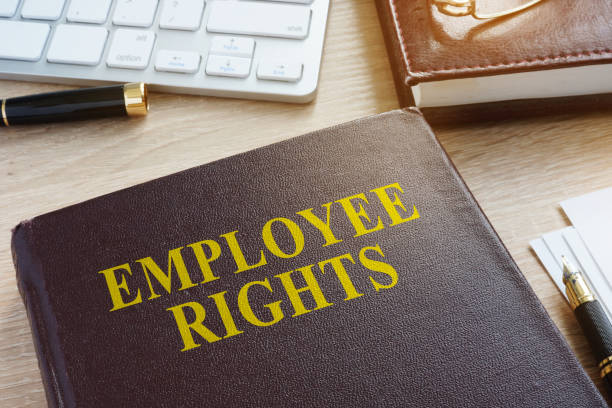(Photo: Marc Brener)
BY RICK WEINBERG, CALIFORNIA BUSINESS JOURNAL
As Marc Brener crunched the numbers for an energy efficiency project for a commercial building in Southern California, an idea entered his mind that he simply could not ignore.
Over the last decade, solar energy has been all the rage, yet Brener realized at that moment that perhaps the industry was doing it backwards.
He thought to himself that if owners and managers of industrial and commercial buildings performed energy efficiency measures from the inside out, the costs for solar would decrease even further – and the overall effectiveness of it would increase.
“When companies and homeowners think of saving money, they immediately think of solar,” says Brener, an energy specialist for Energy Experts International (EEI), one of the leading energy consulting firms in its space. “But people don’t realize that solar is like putting a big bandage on a larger power problem. Then one day it dawned on me: wouldn’t it make more sense to focus on those area’s inside the building that cost ownership more money than they should — like lighting, HVAC and refrigeration? Wouldn’t it make more sense to replace or ‘tweak’ those areas with more efficient energy saving options that will directly impact and reduce a power bill?”
So Brener began working on a different series of financial numbers and projects. And just as he figured, the numbers were staggering. He determined that for every $1 in power cost savings attributed to energy efficiency applications, up to $8 worth of potential revenue savings could be realized, depending the type of commercial operation involved.
Brener immediately called EEI CEO Michael Watanabe to discuss his idea. Then, when Brener produced a business plan on creating a new company division focusing on internal energy efficiency for industrial and commercial buildings, Watanabe and the company’s Board of Directors green-lighted the proposal.
Brener thus became the head of EEI’s new energy division, which has been flourishing over the last three years and is growing at an impressive pace year over year.
“The genesis of the idea is simple,” Brener says. “Let’s take the example of a two-story office building in Newport Beach that we’re working on. The owners are recreating, revamping and renovating the entire building. We’ve educated them on everything energy efficient and they’ve embraced it. We’re planning to use LED lighting, programmable Wi-Fi thermostats, a new building/energy management system as well as films on each window that will help reduce the level of heat coming into the building. It’s a total state-of-the-art cost-saving system.”
By reducing the amount of heat, the air conditioner will naturally be working less, saving the company thousands of dollars. Moreover, Brener attached energy saving economizers to the AC units so instead of getting power demand spikes all day long as the compressor turns on and off, EEI has put the AC in a standby or “static” mode.
“By making the AC units more efficient, it will save at least 30 percent in demand costs,” Brener says.
For industrial and commercial buildings, an electric bill is composed of two parts – usage and demand. The demand side means that the electricity must be available at a moment’s notice. Every time a compressor kicks on, the building owner is getting hit twice by its utility company for charges. Any power spike, even for a millisecond, costs a significant additional amount.
“Utilities are always monitoring the meters and when a big power spike occurs, building owners get tagged for a higher demand rate,” Brener says. “This is where the utility makes the majority of its money. So we put the compressor in a more static state to avert those charges.”
One of Brener’s biggest clients is Marukai Market, one of the largest Japanese grocery markets in the U.S. To help save the company energy costs, Brener attached an energy saver to its freezers. At most supermarkets, when you open the freezer, a big blast of chilly air hits you in the face. Not at Marukai Markets – thanks to Brener’s energy economizer. As a result, the market is saving — on average — 49 percent on its power bill for these refrigeration units.
Brener has been entrenched in the energy sector for his entire professional career. He attended Southern Alberta Institute of Technology in Canada and then graduated from the University of Montana with a degree in Petroleum Engineering.
Specializing in natural gas, oil and electric power, Brener launched his own natural gas brokerage and consulting firm in 1997 called Saddleback Energy, which he operated for 12 years.
Then EEI came calling.
“This is the greatest transition I ever could have made for me and my family,” Brener says. “I really wanted to be full time in energy efficiency. With two children, I wanted to give back to the planet and have them be proud of me for helping society and the environment. It could not have worked out any better.”
Copyright © 2017 California Business Journal . All Rights Reserved.
Energy Experts International, Inc.
Marc Brener, B.S., Eng., GREEN
Director, Renewable & Energy Efficiency Services
www.eeintl.com
P: 949.365.5823
C: 949.633.0299
Email: mbrener@eeintl.com
28202 Cabot Road, Suite 300
Laguna Niguel, CA 92677




